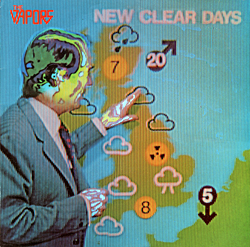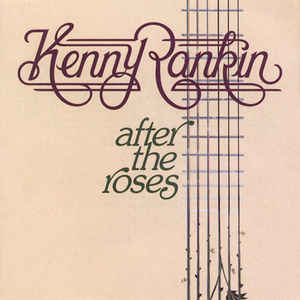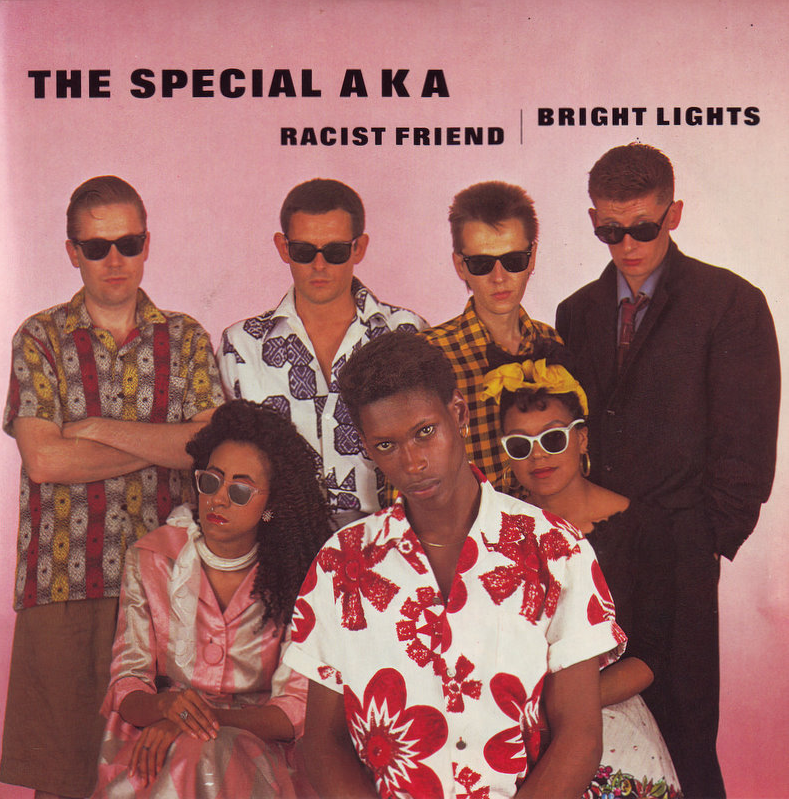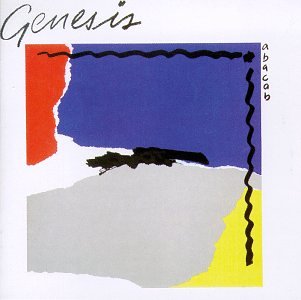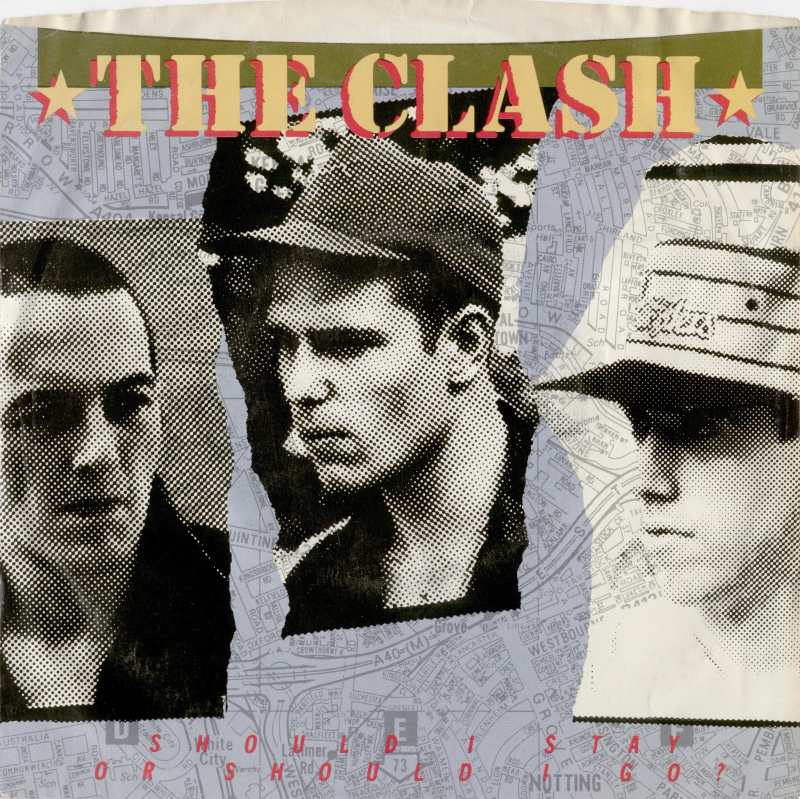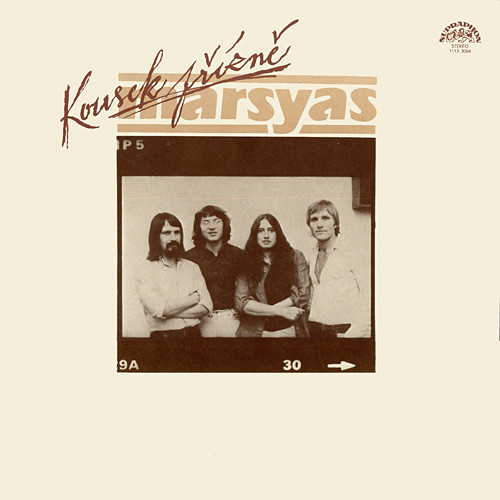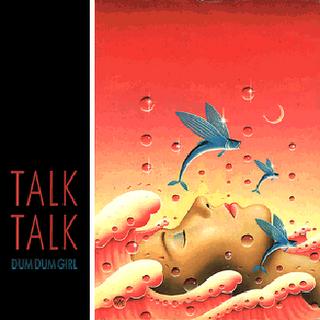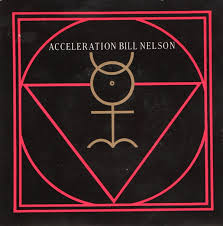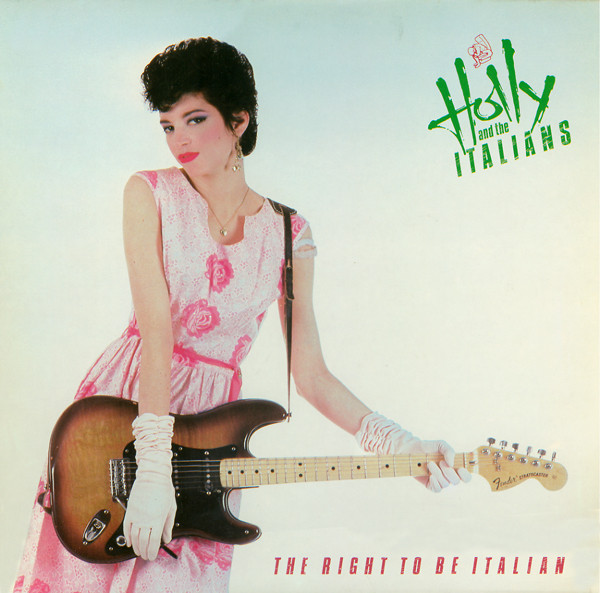
“Rock Against Romance” (1981) – Holly and the Italians * Written by Holly Beth Vincent * LP: The Right to Be Italian * Produced by Richard Gottehrer * Label: Epic
The cover photo on Holly and the Italians’ debut album, depicting Holly Beth Vincent as some sort of eighties-rock Connie Francis, misrepresents the enduring appeal she could have on listeners. So, too, does “Tell That Girl to Shut Up,” the album’s best-remembered song that once earned her group a touring gig as openers for “Rip Her to Shreds” Blondie. A better representation is “Rock Against Romance,” the album’s last song, that engulfs you in teen symphonics and gives you a clear sense of Vincent’s urban Ronettes/Shangri-Las foundation. Better still is her performance of the song on the British Old Grey Whistle Test show, playing lead guitar, standing on a plastered leg, and looking like the real deal.

